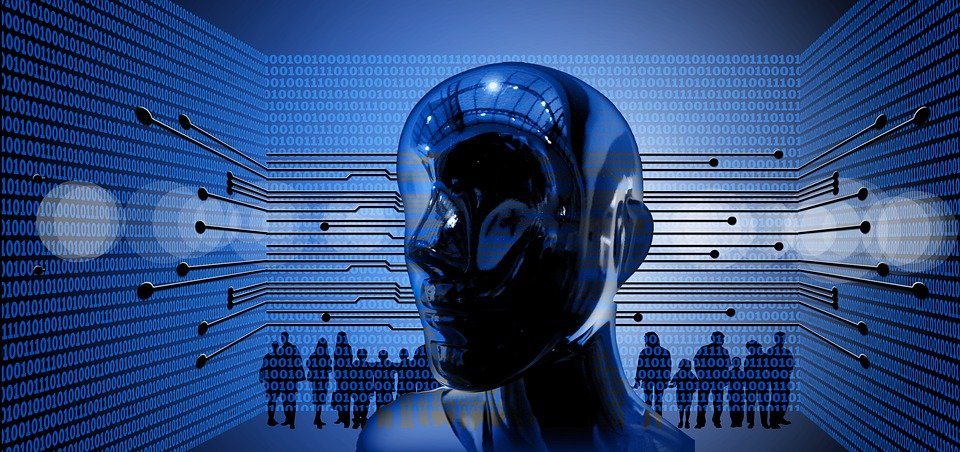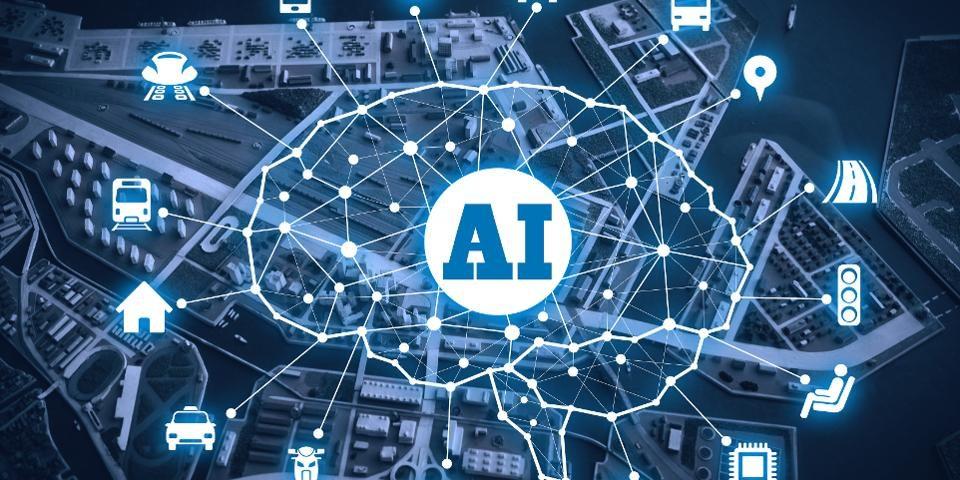3 min read
The deadly combination that is NLP and Artificial Intelligence
Anurag : Apr 13, 2020 6:06:04 PM


With the development of computers or machines, their potential to perform various tasks went on growing rapidly. The curiosity of humans led him to think if there is a way of making a computer, a computer-controlled robot, or software think intelligently, in the manner similar to what the intelligent humans think. The concept of Artificial intelligence then developed as a branch of computer science that aims to create intelligent machines. It has become an indispensable part of the technology industry. It emphasizes the formation of intelligent machines that work and reacts like humans. Some of the activities computers with artificial intelligence are designed for include:
- Speech recognition
- Learning
- Planning
- Problem-solving
Benefits of Artificial Intelligence
Most enterprises take up Artificial Intelligence technology as a means of reducing operational costs which ultimately leads to an increase in efficiency, the growth of revenue and an improved customer satisfaction experience. By setting up and organizing the right artificial intelligence technology, businesses may gain the ability to the following:
- Save time and thus money by automating routine processes and tasks
- Increase efficiency with respect to productivity and operations
- Make speedier business decisions
- Avoid human errors
- Predict customer preferences in order to provide them a better and personalized experience
- Explore a vast amount of data to generate quality leads
- Increase revenue by proper identification and maximization of sales opportunities
- Facilitate expertise by enabling analysis and offering intelligent advice and support
The AI way
The way to organize and use the knowledge of artificial intelligence efficiently should be such that −
- People providing it should be able to perceive it.
- The AI technique should be easily modifiable so that errors can be corrected.
- It should prove handy in many situations.
Artificial Intelligence techniques raise the speed of execution of the complex program it is equipped with.
Applications of Artificial Intelligence
Artificial Intelligence has been dominant in various fields such as –
- Natural Language Processing − It makes it possible for humans to interact with computers that understand the natural language spoken by humans
-
Speech Recognition – There are some intelligent systems which are capable of hearing and comprehending the language in terms of sentences and their meanings while a human talks to it. The technique is able to handle different accents, slang words, noise in the background, change in human’s noise due to cold, etc
- Handwriting Recognition – This software reads the text written on paper by a pen or on-screen by a stylus. It then recognizes the shapes of the letters and converts it into editable text.
- Intelligent Robots − Robots have sensors to detect physical data from the real world such as light, heat, temperature, movement, sound, bump, and pressure. They have well-organized processors, multiple sensors and huge memory, to demonstrate intelligence. Moreover, they are competent in learning from their mistakes and they can become accustomed to the new environment
- Gaming − AI plays a critical role in strategic games such as chess, poker, tic-tac-toe, etc., where the machine can think of a large number of possible positions based on heuristic knowledge
The stages of AI
AI comprises of three stages which are as follows:
- Machine Learning which is a set of algorithms used by intelligent systems to learn from experience
- Machine Intelligence which is an advanced set of algorithms used by machines to learn from experience
- Machine Consciousness which is self-learning from experience without the need of external data.
Natural Language Processing (NLP)
When we speak of standardized and structured data like database tables and financial records, the only aid that comes to our assistance is a computer. It is because of the simple fact that computers are able to process that data much faster than we humans can do. But being humans, we neither communicate in “structured data” nor do we speak “binary”. We communicate with computers using words, a form of unstructured data, with which computers suck at work because of the absence of standardized techniques to process it. Programming computers using Java, C++ or something like Python is nothing but providing the computers with a set of operational rules. Unfortunately, these rules are quite abstract and challenging to define concretely with unstructured data.
At this point, Natural Language Processing (NLP) comes to our aid and attempts to combine Artificial Intelligence (AI) and computational linguistics to bridge the gap between computers and humans by enabling computers to seamlessly analyze what a user said (input speech recognition) and process what the user meant.
The NLP Process
Based on the untiring enthusiasm and ability of computers to run several algorithms to execute a task in the blink of an eye, it is possible with the help of Natural Language Processing to perform certain tasks like Automated Speech and Automated Text Writing in a short period. This mechanism of Natural Language Processing comprises three processes which are:
- Natural Language Understanding
- Natural Language Generation
- Natural Language Interaction
From NLP to AI
While Artificial Intelligence is building systems that can do intelligent things, Natural Language Processing is building systems that can understand language. The latter is basically a subset of the former. In a world driven by AI, it is not surprising that nearly all industries are impacted by NLP.
The two paths to formulate a computer from Natural Language Processing to Artificial Intelligence are:
- The symbolic path that is traversed by hard-coding our world into computers. We need to build comprehensive and flexible world models based on deep and organized representations.
- The sub-symbolic path which we initially follow by having computers learn from text. For this, we need to train large neural networks in an environment with similar objects, relationships and dynamics as our own.
Looking for AI or NLP solutions? Or an overlap of both? Get in touch

Machine Learning is transforming education and the classroom
Machine learning and AI are two of the foremost exciting technologies presently being developed and applied inside industries round the world....



